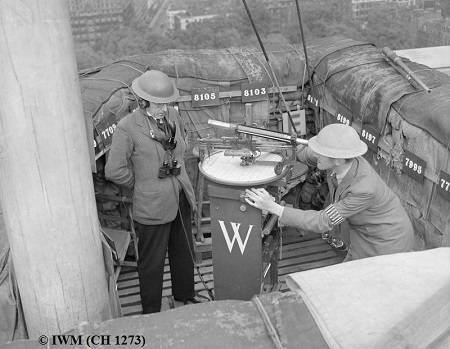While radar presented the RAF with its 'eyes', it did have one main drawback. The RDF posts were all located along the coast and was an outward looking system; thus once any enemy had crossed the coast and passed over the radar stations, they would, to all intents and purposes 'vanish'. In order to continue to follow the progress of the attackers, the next level was the Royal Observer Corps; formed in 1925, it was a Civilian Defence organisation, formed largely by volunteers.

The concept of how they worked was as brilliant as it was simple. The ROC set up designated lookout posts; these could be anywhere from the tops of buildings to the corners of fields. These sites were constructed cheaply and thus few traces of them now remain. Stationed at each post were a pair of observers who, using nothing more than a pair of binoculars and an adapted sighting scope (usually mounted on a wooden tripod), would spot and identify aircraft in their area. The spotting scope allowed for both a bearing and an altitude to be calculated and this information was then communicated up the chain via field telephone. The combination reports from three or more posts would provide an exact location.

The concept of how they worked was as brilliant as it was simple. The ROC set up designated lookout posts; these could be anywhere from the tops of buildings to the corners of fields. These sites were constructed cheaply and thus few traces of them now remain. Stationed at each post were a pair of observers who, using nothing more than a pair of binoculars and an adapted sighting scope (usually mounted on a wooden tripod), would spot and identify aircraft in their area. The spotting scope allowed for both a bearing and an altitude to be calculated and this information was then communicated up the chain via field telephone. The combination reports from three or more posts would provide an exact location.
